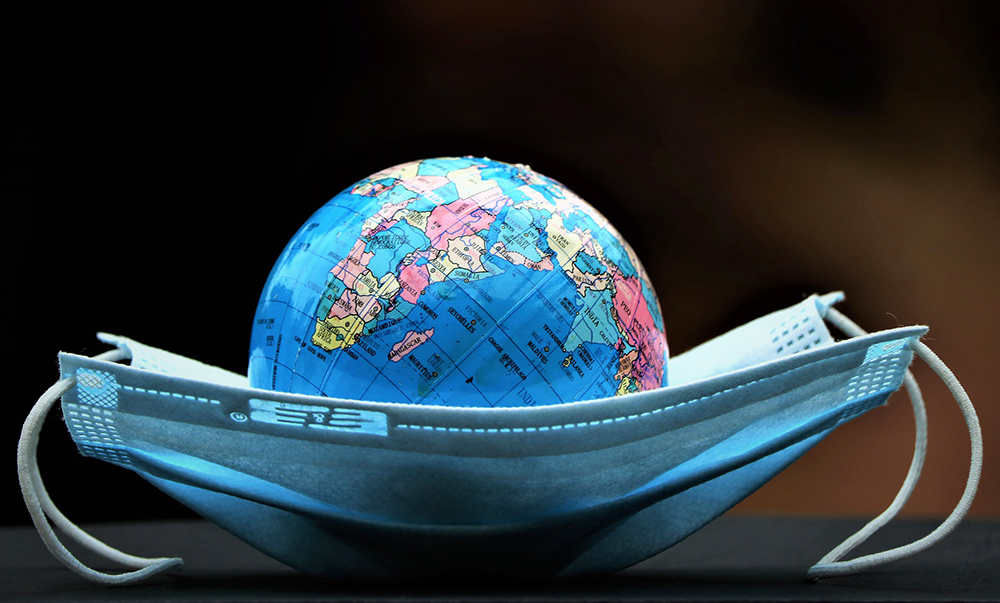
To many, 2020 is the year that never was. It’s like you were playing the board game Monopoly last Valentine’s Day and you picked up the “GO TO JAIL” card. It told you to go directly to Christmas—to not experience summer, to not go to school and to not collect any viruses.
What will be most remembered about the past 10 months are how many shows or Korean TV series you tucked away on Netflix, how many kilos you gained (or lost), how many online retailing sites you raided, how many new homemaking skills you were forced to learn, and how many Zoom sessions you racked up. And, of course, how well you were able to adapt to work-from-home, including how to dress up (or down) for work.
Seriously, though, 2020 will be the toughest and roughest year in many people’s lifetime. Family members and friends were lost to the virus. Jobs vanished. Savings were decimated. Travel plans were thrown to the dust bin. Loved ones were separated. It was the first time that the Olympics was canceled for any other reason than war.
In my own professional lifetime, I have lived through a good number of crises. When I started my career with Toyota, world economies were roiling from the OPEC oil crisis. Due to the Iranian revolution in 1979, the supply of oil dropped 7%, disrupting oil prices worldwide.
In 1986, the Philippines was confronted with the EDSA Revolution. Though a victory for democracy, it resulted in a period of economic malaise that saw the Philippines fade as an economic powerhouse in Asia.
A decade later, the Asian financial crisis devastated the economies of the region, triggered by the sudden and steep depreciation of the Thai baht. Asia experienced a financial contagion that witnessed an unprecedented flight of capital. Economies were ruined and businesses were shuttered. This was a dark period for many companies.
Yet another decade later, the Lehman shock unleashed a financial crisis that impacted more upon the developed world. Asia learned its lessons from the 1997 Asian financial crisis, and was able to mitigate the fallout. But when developed economies like the USA, Europe and Japan sneeze, the rest of the world catches a cold. Global trade was disrupted and economic activity in the country slowed.
In 2011, supply chain disruptions significantly impacted automotive production. This was a result of the Great East Japan Earthquake and the Thai floods. Vulnerabilities in the sourcing of parts and components were exposed. Also, business continuity safeguards were revealed as sorely inadequate.
Still another decade later, this 2020, we experienced a volcano eruption, a global pandemic and a rash of super typhoons. Details are superfluous and you’re probably tired of hearing them.
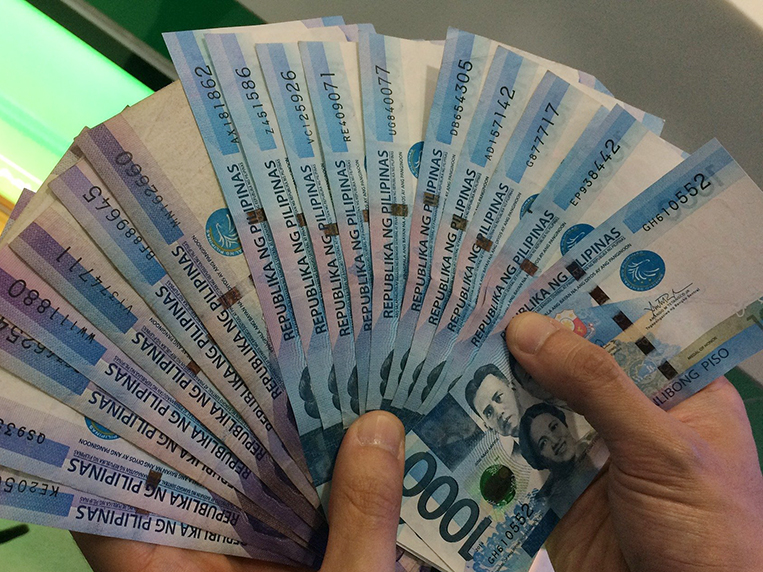
But surely, we cannot just write off the past year without so much as a footnote on how it has made us better. Crises happen. How we survive each one is a measure of how we become stronger in the face of adversity. I think it would be wrong to concede the fight against the COVID-19 pandemic with nothing to show for it. We may be bruised and beat up, but we are not knocked out.
The oil crisis of the 1970s provided us the wisdom to build small, fuel-efficient cars. The EDSA Revolution taught us the value of a strong local industrial sector. The Asian financial crisis allowed us to build a stronger banking system. The Lehman shock underscored our need to promote domestic consumption. The Japan tsunami and Thai floods gave us lessons in creating more robust business continuity programs. We should never leave a crisis behind without discerning the lessons and the wisdom that it imparts. If we did, then we would have truly lost the war.
What did we learn in 2020? The pandemic made it apparent that we have to do a better job of safeguarding our borders against invisible dangers, including health threats. It also taught us that we need to be so much more flexible in our ability to sustain economic activity. Digital transformation is critical in this regard. We also learned that we have to adapt and innovate. Whoever thought that work-from-home would be a viable recourse?

This year, the automotive market in the Philippines will likely shrink by some 40%. It is steep by any measure. Certainly, car companies are wringing their fingers and hoping that the worst is behind them. The year 2021 should be a time of recovery. If we look back to the Asian financial crisis of 1997, the vehicle market plummeted by 45% yet it managed to bounce back.
October vehicle sales were reported at 26,000 units, while November registered 24,000 units. If we average out these last two months and then annualize it for 2021, the market should (mathematically) be around 300,000 units. That will be a very welcome rebound (25%), albeit from a low base and still about 100,000 units behind 2019 sales. I am sure the industry will take it.
One of the biggest drivers of car sales is consumer financing. To date, banks and financial institutions have turned away from their pre-pandemic aggression in underwriting loans. Banks have been preoccupied with positioning themselves for the expected fallout in loan portfolios as a result of the prevailing business disruption. The impact of the Bayanihan 2 (and 1) Act—which provided for grace periods for loan repayments—is yet to be fully understood. If, however, this all gets sorted out by the first quarter of 2021, there may be a further upside to vehicle sales in the coming year.
The government is doing everything it can within its fiscal and monetary abilities to restart the economy while making sure that it continues to keep the coronavirus in check. Government is helping various sectors to reboot. The stimulus measures included in new legislation—like the CREATE (Corporate Recovery and Tax Incentives to Enterprises) bill and the 2021 budget bill—are encouraging, and they are a source of much-needed optimism.
Let’s not be too quick to throw 2020 away and write it off as a loser year. I think it taught us a lot, and we should memorialize those lessons the best we can. Yes, we have survived the virus so far. The fight is not yet over, though. We must keep working at building a better normal. And, if there is one thing that we have to take away from this whole episode, it is that the power of pulling together as one country and one people is paramount. We can and we will heal as one.

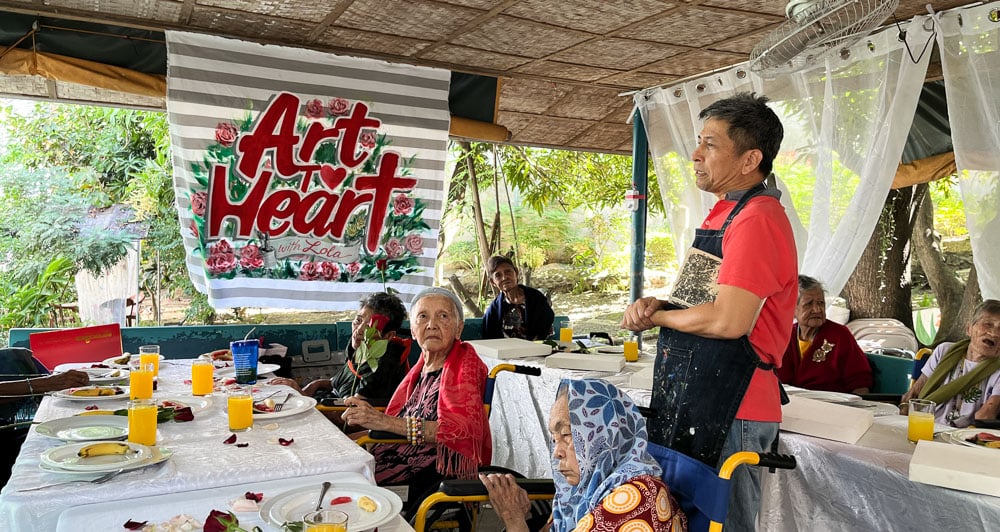
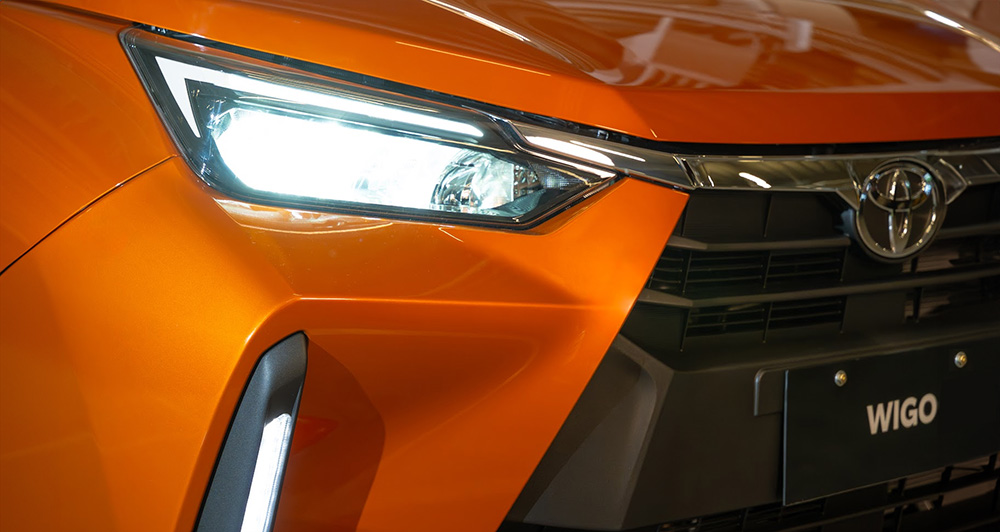




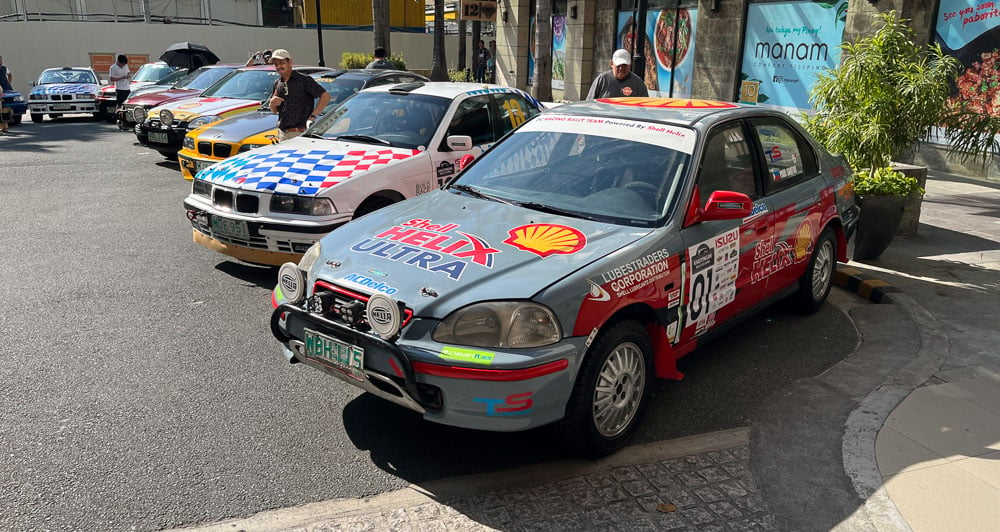
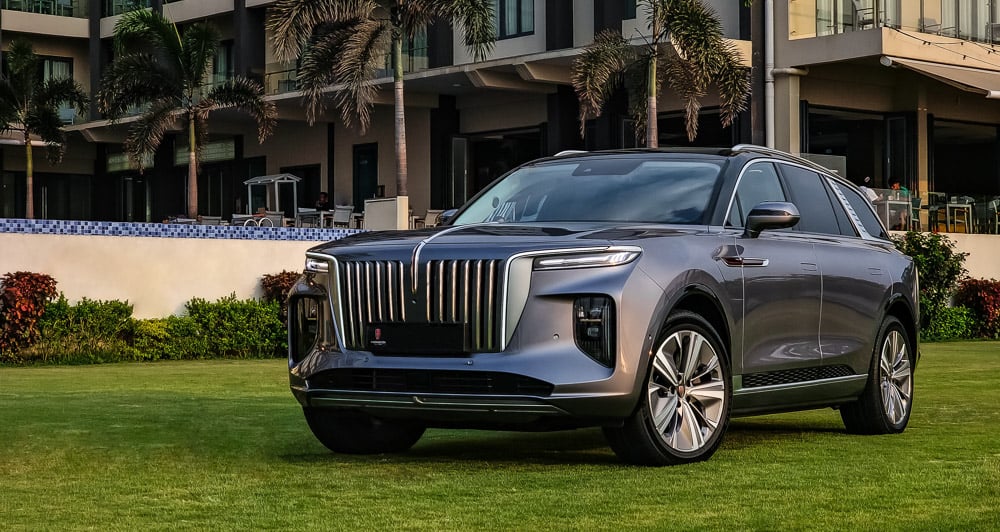
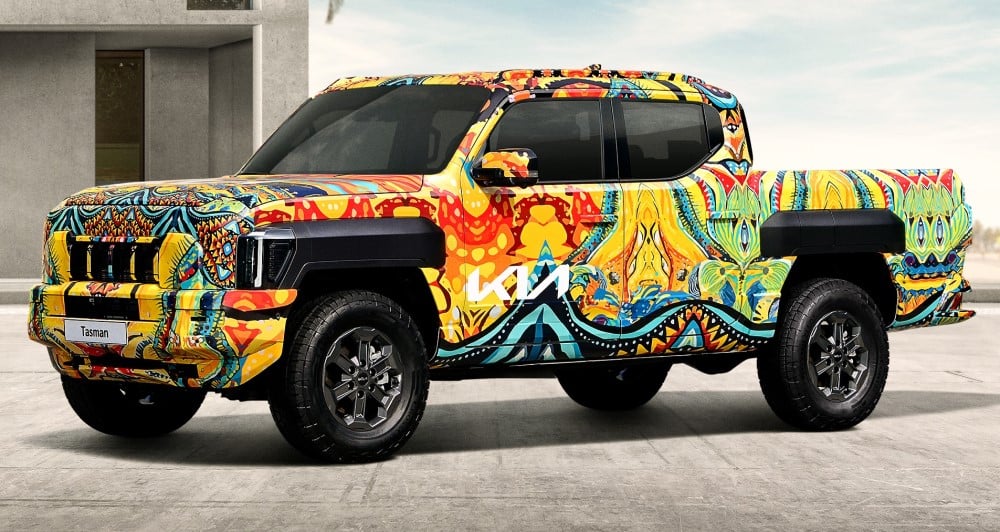
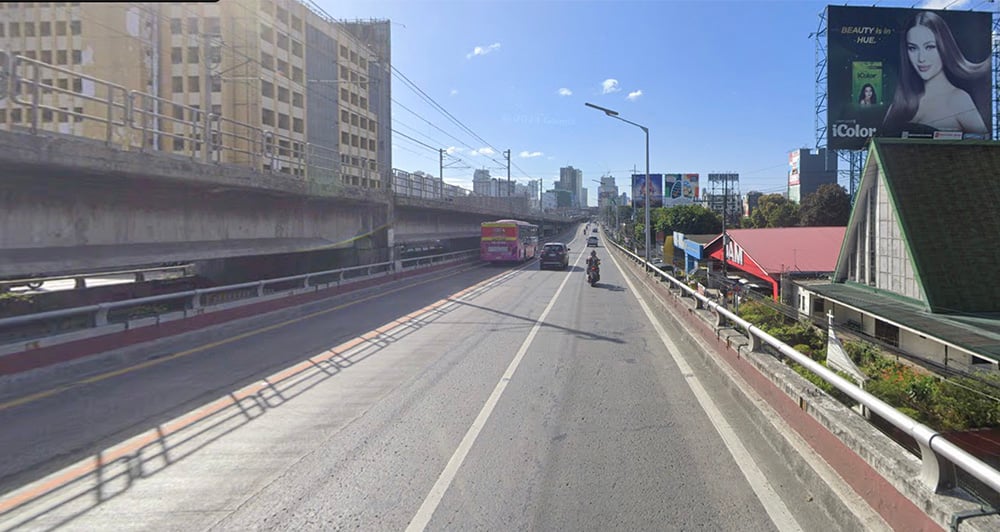
Comments